Origins of the Wilson Family
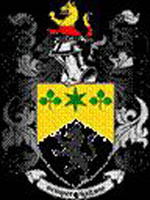
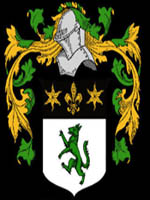
Crest on the Left: Wilson of Dublin. Crest on the Right: Wilson of Ulster
“Wilson is by far the most common English name in Ireland, beating out even the ubiquitous
Smith. The name is a patronymic, being derived from an ancestor's personal name, in this case Will, a
familiar form of William. Indeed, except for the Welsh name Williams, Wilson is the commonest surname
derived from William, exceeding Williamson, Bilson, etc. by some way. The personal name William is derived
from the Old German Willihelm and when introduced into Britain by the Normans after the conquest of 1066,
it quickly became the single most popular personal name in England (the Conqueror himself being William,
Duke of Normandy) and remained so for several centuries until superseded by John. No wonder, therefore, that
when hereditary surname came into general use from the eleventh and twelfth centuries, there emerged many families
of Wilson, Williamson, Williams and so on. Wilson is in the top ten most common names in the U.S.A. and in Scotland
(where it is third), it is in the top fifteen in England and the top thirty in Ireland. William was never as popular
in ancient Ireland and no native Irish surname derived from it ever arose, or if it did, it failed to survive. The name
MacLiamoir has been used in Ireland as gaelicisation of Wilson or Williamson, but this is of recent vintage and rather
fanciful. So, we can state with some certainty that all of our Irish Wilsons, of which there are many, are not of native origin.

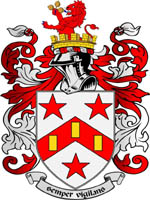
Crest on the Left: Wilson of Donegal. Crest on the Right: Wilson of Wexford.
In Ireland, the name is found in most counties but is most common in Ulster, at the northern end on the island. It is among the
five most common names in county Antrim and in the first ten in counties Down, Fermanagh and Tyrone. In the province as a whole
it is the third most common name. It is estimated that four out of five Wilsons in Ulster are Scottish in origin. There the name
was very common all over the Lowlands and from the sixteenth century, especially so in Glasgow. Further north in Caithness and
Sutherland the Wilsons were a sept of Clan Gunn being descended from William, one of the sons of the fifteenth century George Gunn
the Crowner (coroner of Caithness). The Gunns were believed to be descended from Gunni, the grandson of Sweyn Asleifsson, "The Ultimate
Viking" who was killed in Dublin in 1171. The Clan was sworn enemy of the Keiths and in 1426, at Harpsdale, south of Thurso, a particularly
bloody, but nevertheless indecisive battle took place. Though the Clan Chiefs once held splendid court at their castle of Clyth, a few miles
east of Lybster, they were listed as one of the "broken clans" of the north in 1594. To the east there were also Wilsons who were a sept of
Clan Innes.
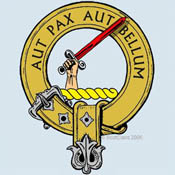

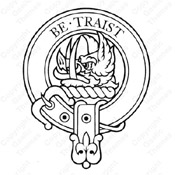
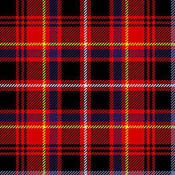
Clan Gunn Crest, Clan Gunn Tarten, Clan Innes Crest, Clan Innes Tarten
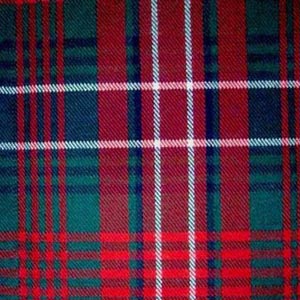
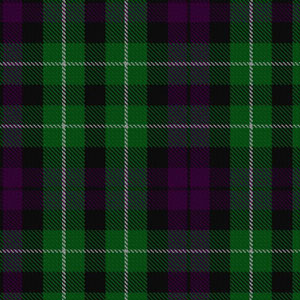
Wilson Tarten's
The majority of today’s Irish Wilson descend from families that relocated to Ireland from Scotland as part of the plantation of Ulster.
Ulster, as one of the four traditional “kingdoms” of Ireland, was only twenty miles across the channel from Scotland. Scottish migration
began 1603 when Hugh Montgomery and James Hamilton gained one third of the kingdom of Con O,Neill. However, the king would only agree to
the deal if in selecting tenants for their newly acquired property “that the land should be planted with British protestants, and no grant
of fee farm should be made to any person of mere Irish extraction”. In 1609 began to induce tenants and other Scots, to come over as farmer-
settlers and the plantation began in earnest. In ten years the population of the plantation of Ulster reached around eight thousand, and by
1640 it was estimated at forty thousand and included many Wilsons. Life was not always easy for the settlers. They were subjected to attack
by Gaelic natives and were often unfairly treated by the English rulers. As a result, unable to return to Scotland, further migrated to the
new world. Between 1717 and the Revolutionary war a quarter of a million Ulster men went to America.”
(Retrieved from www.araltas.com/features/wilson/ on 20 March 2008)


Clan Gunn and Clan Innes region in Scotland and Clan Gunn Heritage Center in Caithness Scotland
(retrieved on 10 Aug 2010 from http://www.clanngunn.us/)











